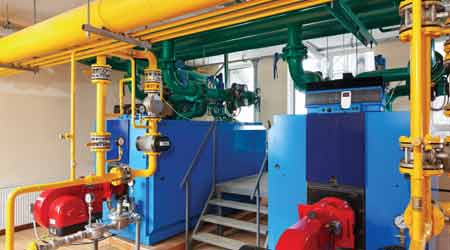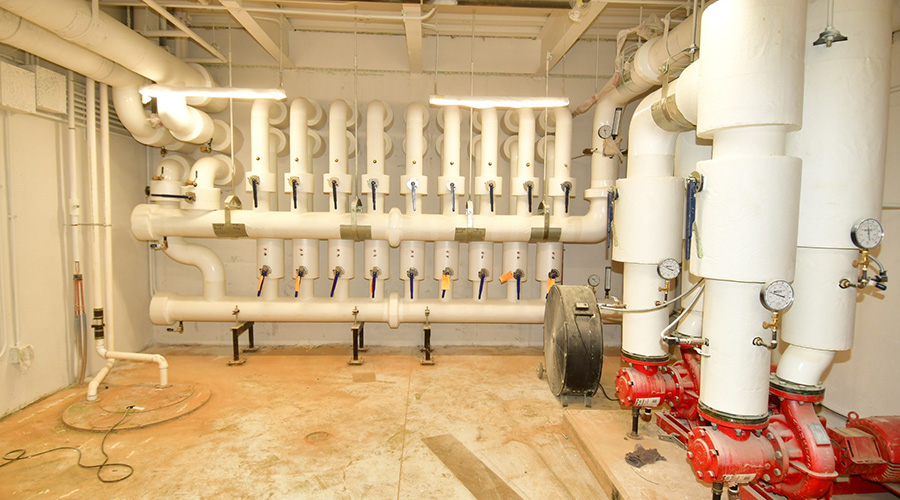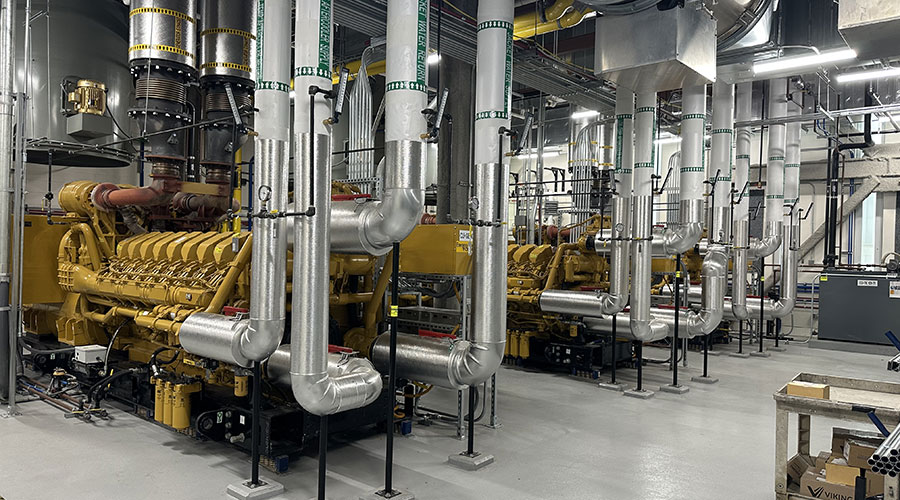 Knowing an organization's budget planning and approval cycles is essential to delivering successful upgrades.
Knowing an organization's budget planning and approval cycles is essential to delivering successful upgrades.HVAC: Achieving Upgrade Goals
Managers who know what the long-term goals of an HVAC upgrade are can have better success of achieving those benefits.
The success of an HVAC system or component upgrade will depend as much, if not more so, on the specific details of the project as on its general goals and benefits. Among the specific issues to consider and actions to take are these:
The situation. Document the existing conditions before starting the planning and design phase in order to help refine the project’s scope, and absolutely take this step before the project execution phase to be able to measure improvement. This step should pay special attention to temperature and humidity conditions and noise levels in order to demonstrate to occupants and leadership a successful outcome, as well as to be able to respond to complaints following such projects.
The impact. Document areas near the project site that are not intended to be affected by the upgrade in order to later validate that those conditions remained steady as planned. Often, occupants’ sense of altered conditions results in unanticipated and unwanted discussions after the project is complete.
Components. Carefully assess the replacement scope for specific components or distribution elements. Early verification and validation of project logistics is essential for smooth execution. Planners must consider the phasing and travel paths for equipment, supplies, and disruption factors.
Systems. Assess impact of the HVAC system upgrade to other building elements and systems. Does it have any major impact on the electrical system? Does it require demolition and reconstruction of ceilings, exterior walls or roofing?
Bringing it home
Once a project moves from conceptualization and planning to execution, managers need to pay close attention to factors such as major contingencies, risks, and objectives — issues that should have been evaluated and addressed during planning — as part of the continued communication and proactive project management designed to keep the effort on track.
Contractor and vendor engagement. Managers often want competitive bids from contractors and major equipment vendors to ensure the lowest cost. They also should consider price-competitive processes to select contractors and vendors as a way to engage them as early as possible in the planning process. Leveraging contractor and vendor expertise earlier than during the typical post-design bid phase can reduce field issues and unforeseen challenges.
Construction planning. Regardless of when contractors and vendors come on board, the execution phase should come after a detailed review of schedules, logistics, phasing, and critical milestones. Phasing is critical because it can add cost and time to minimize disruptions to ongoing facility operations. The entire project team should walk through the work plan from start to finish in order to look for such risks.
Budget validation. Early planning should have identified key budget verification milestones, but during the execution phase, actual costs become known. Existing conditions become exposed, estimates are validated, and allowances convert to contracts. Managers should confirm the points at which actual costs and budget reconciliations will happen before the project is too far down the road to make adjustments.
Compliance. For health care facilities and other heavily regulated markets, HVAC upgrade work usually requires regulatory compliance planning. Interim life safety measures, infection control risk assessments, and other mitigation steps are essential for protecting the facility, occupants and visitors.
Startup and commissioning. Operationalizing new systems and components in an occupied facility can be challenging. Early planning is the key in determining necessary functional performance testing and verification procedures, ideally without subjecting occupants and processes to varying conditions during these procedures.
HVAC systems are the lifeblood of facilities, and effective, efficient, and reliable service is everybody’s goal. Careful planning and purposeful execution of upgrades are indispensable in the successful long-term management of these systems.
Clay Seckman, P.E., is senior principal, healthcare market leader with Smith Seckman Reid, www.ssr-inc.com. He serves on several national healthcare related organizations and industry committees, including the American Society for Healthcare Engineering and the Facility Guidelines Institute’s Health Facilities Guidelines Revisions Committee. Follow the firm at twitter.com/SSR_Inc and at www.linkedin.com/company/ssr.
Related Topics:














